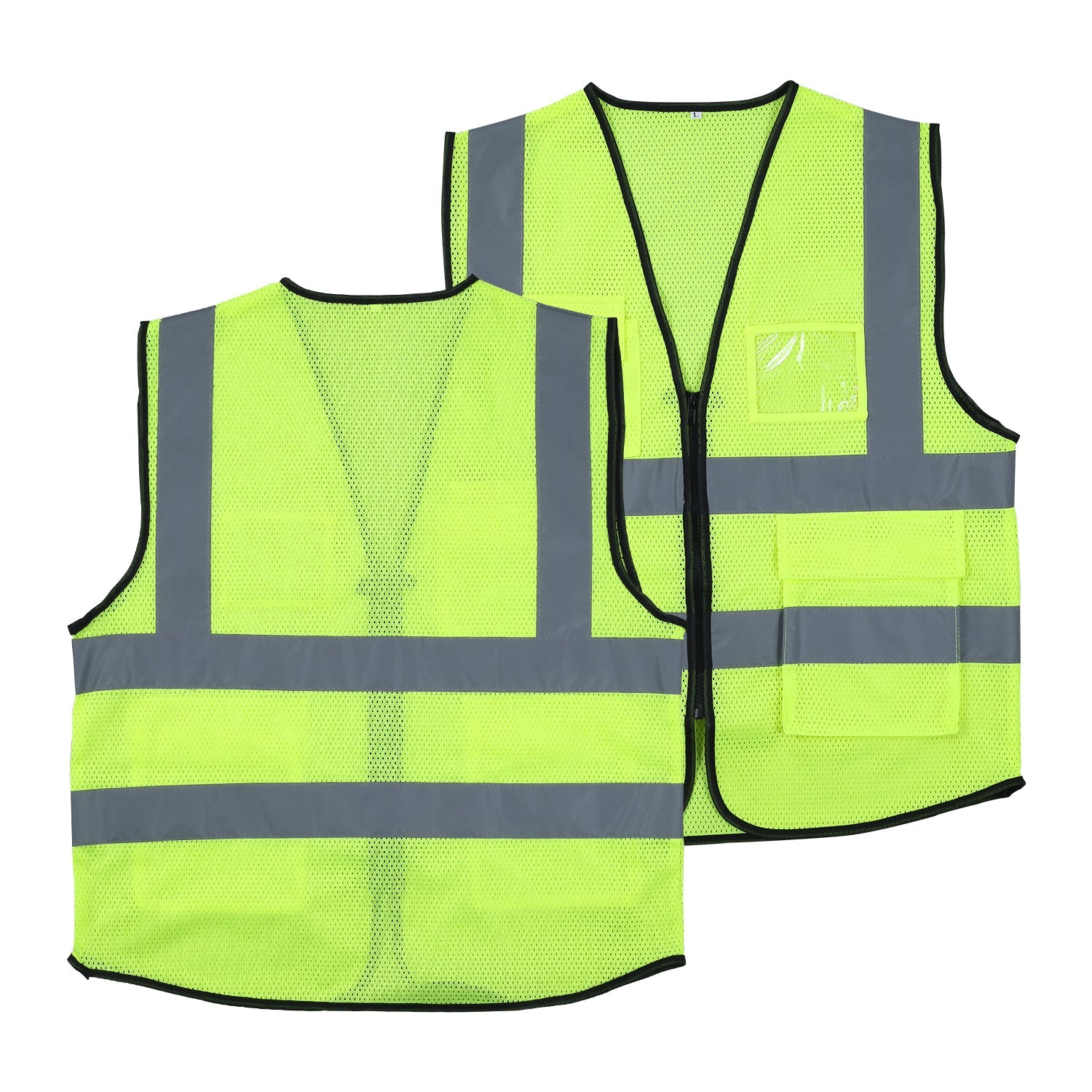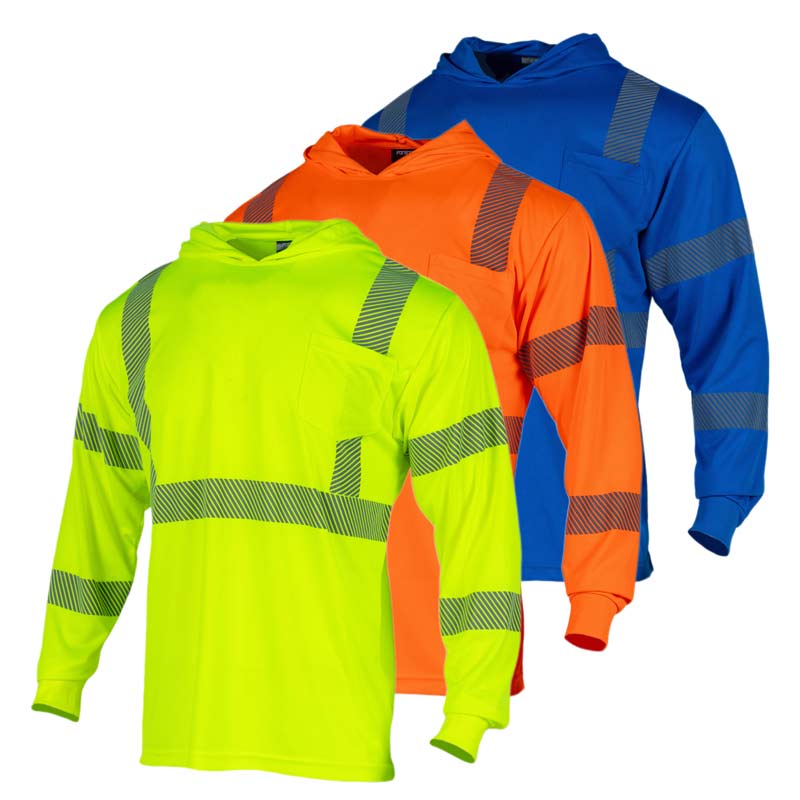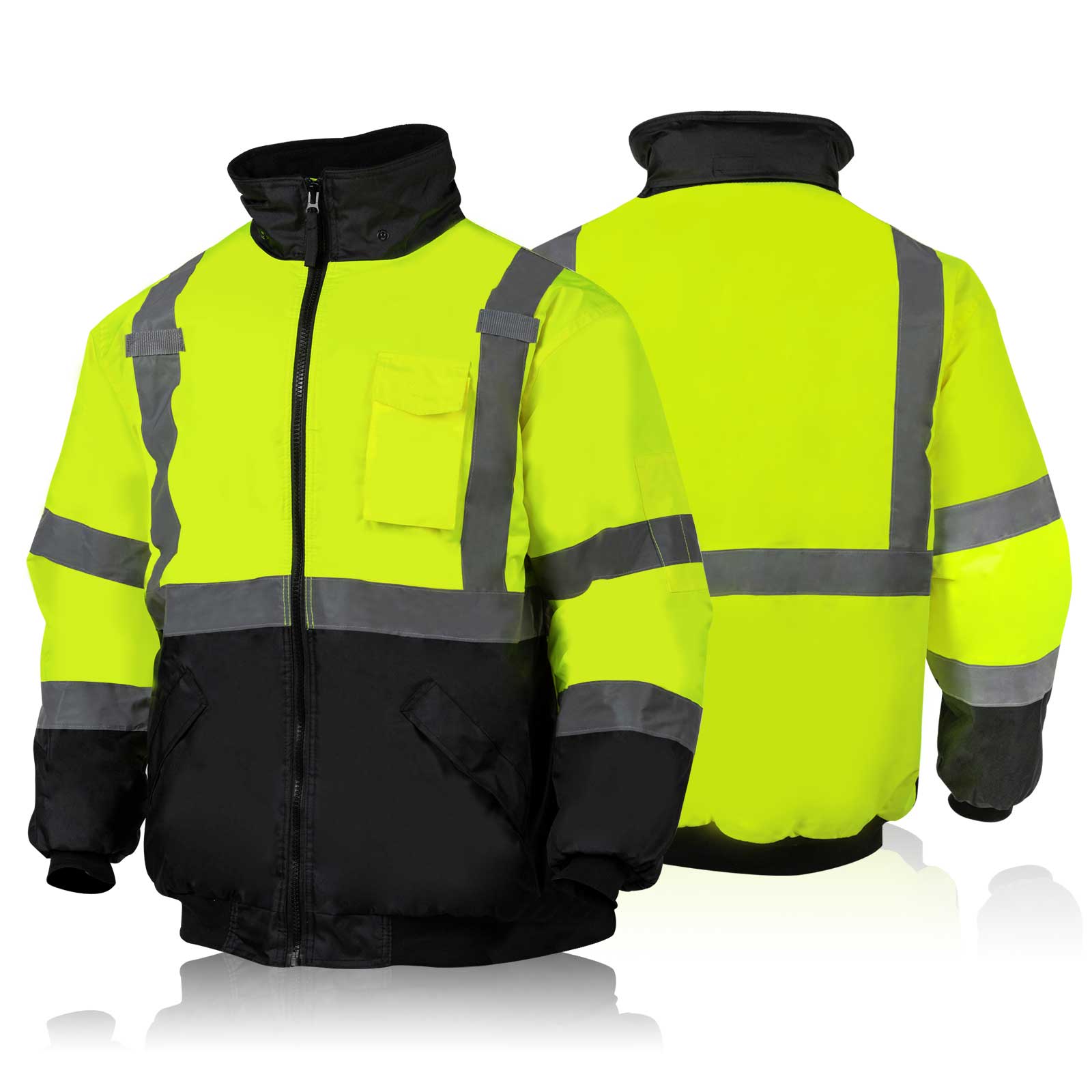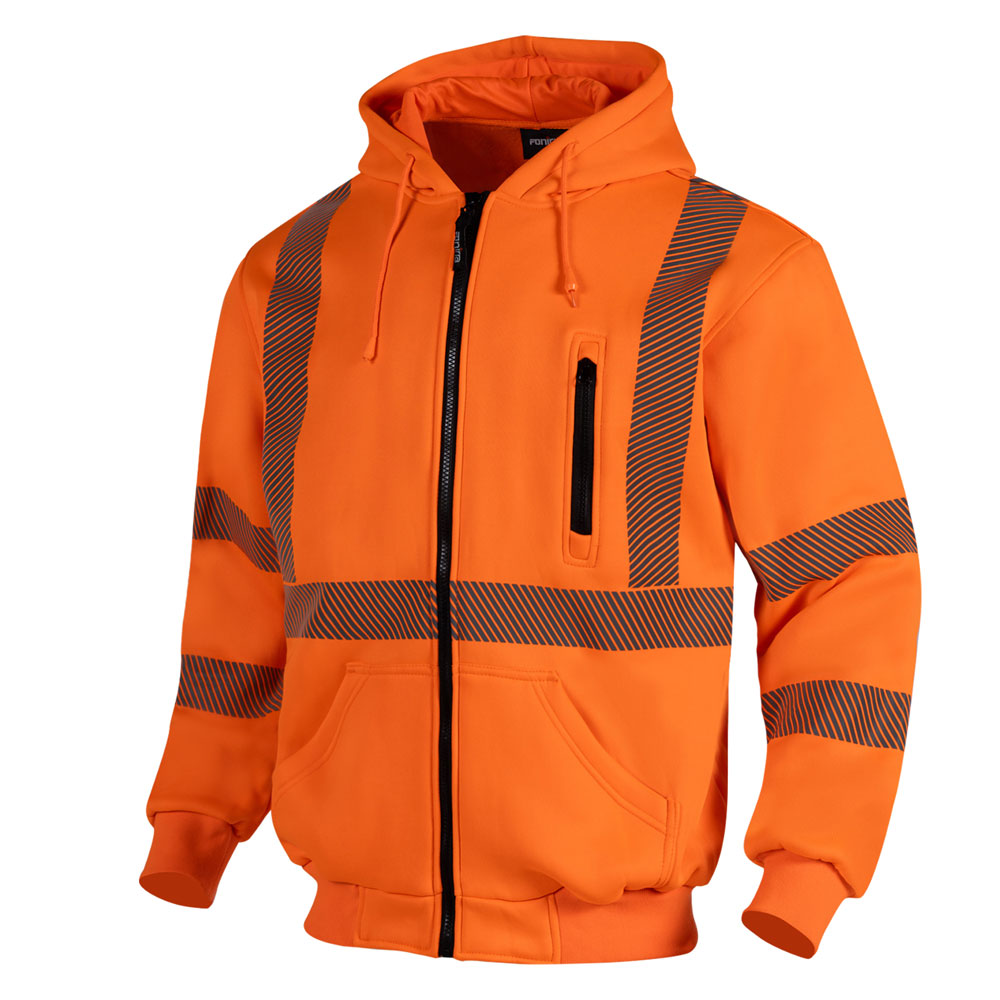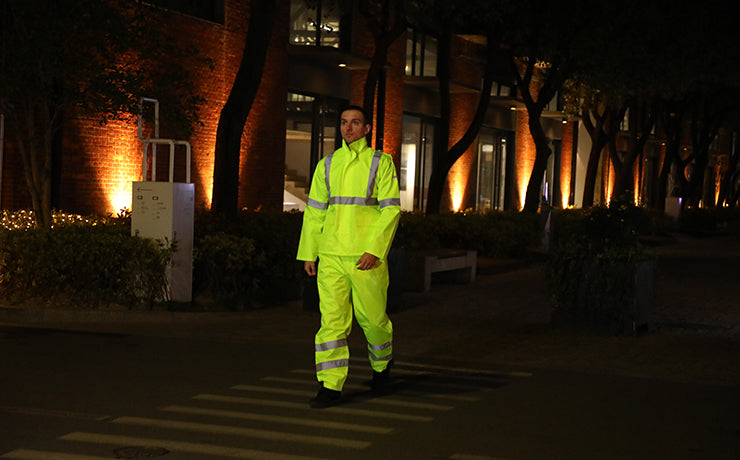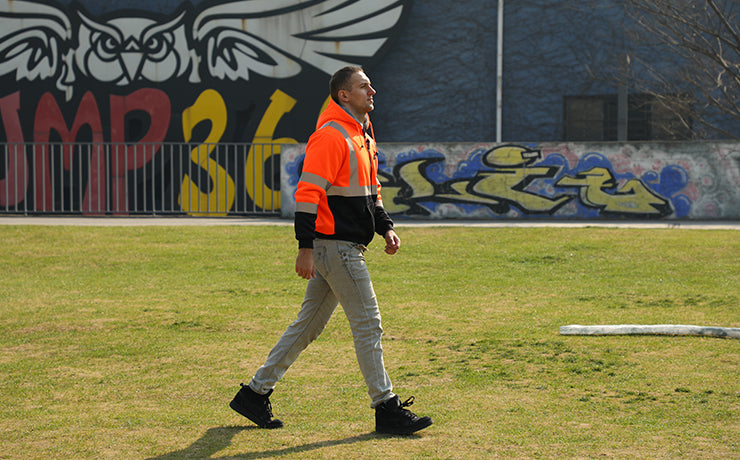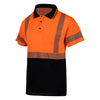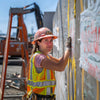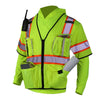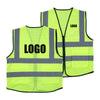Is Your Shine Declining? - When to Bid Adieu to Old Hi-Vis Gear
Have you ever wondered, "Is your hi-vis gear shine declining?" High-visibility (hi-vis) gear plays a pivotal role in ensuring safety, especially in environments where being seen is crucial.
Whether you're navigating through a busy construction site, directing traffic, or working in low-light conditions, your hi-vis gear acts as your first line of defense against potential hazards.
But just like any piece of personal protective equipment, hi-vis gear doesn't last forever. Recognizing when it's time to bid adieu to your old hi-vis gear is essential for maintaining optimal safety and visibility. Let's delve into what hi-vis gear is, its various forms, and the tell-tale signs that indicate it's time for a replacement.
What is Hi-Vis Gear?

Hi-vis gear, short for high visibility gear, is a type of personal protective equipment (PPE) designed to make the wearer more visible in their environment.
This visibility is crucial in preventing accidents, especially in areas with moving vehicles or in low-lighting conditions. Hi-vis gear achieves this through the use of fluorescent material and retroreflective material.
The fluorescent colors, typically in bright orange, yellow-green, or neon shades, are highly visible during the day and in low light. The reflective tape or material incorporated into the gear is designed to reflect light, making it highly effective in low-light conditions and during the night.
Different types of hi-vis gear include:
-
Safety Vests: Often used by construction workers, traffic police, and event staff for high visibility in various work environments.
-
Jackets: Provide additional coverage and warmth, suitable for colder environments while maintaining visibility.
-
Trousers: Paired with other hi-vis apparel for complete body visibility, especially useful in complex work environments.
-
Overalls: Offer full-body visibility and protection, commonly used in industrial settings.
-
Hats and Helmets: Ensure the head is visible, often used in construction sites where head protection is also crucial.
Signs of Wear and Tear
Hi-vis gear, like any safety gear, undergoes wear and tear over time. Recognizing these signs is crucial for ensuring that the gear continues to provide the necessary level of safety and visibility. Common signs include:
-
Fading: The fluorescent material may lose its brightness, reducing its effectiveness in daylight.
-
Damage: Tears, holes, or frays in the fabric or reflective material can significantly diminish the gear's visibility.
-
Peeling or Cracked Reflective Tape: This reduces the gear's ability to reflect light effectively in low light conditions or at night.
-
Stains and Dirt: Persistent stains or dirt that can't be removed may affect the gear's color and its visibility.
The impact of wear and tear on hi-vis gear is significant. As the gear's visibility diminishes, it puts workers at risk, especially in environments with construction equipment, moving vehicles, and challenging lighting conditions.
The fluorescent colors and reflective materials are designed to catch the eye instantly, and any reduction in their effectiveness compromises the wearer's safety.
This is why it's crucial to regularly assess hi-vis gear for signs of wear and tear and replace it as needed to ensure ongoing protection and visibility in the work environment.
Factors Affecting Hi-Vis Gear Longevity
The longevity of high visibility (hi-vis) clothing is influenced by several factors, ranging from the materials used in their construction to the environmental conditions they are exposed to. Understanding these factors can help in better maintaining hi-vis gear and ensuring it provides maximum safety for as long as possible.
1. Materials Used in Hi-Vis Gear and Their Durability
The durability of hi-vis gear largely depends on the quality of the background material and the reflective elements used. High visibility clothing typically incorporates fluorescent material in yellow-green or other bright colors to ensure daytime visibility.
The reflective material, crucial for visibility near a light source or in low light conditions, needs to be of high quality to maintain its retroreflective properties.
The American National Standards Institute (ANSI) sets standards (known as ANSI standards) for high visibility garments, which include specifications for the material quality. Adherence to these standards ensures the hi-vis apparel can withstand the rigors of high-risk and hazardous situations.
2. Environmental Factors That Can Accelerate Wear
Hi-vis gear is often exposed to harsh environmental conditions. UV exposure can lead to the fading of the fluorescent colors, reducing the gear's effectiveness in daylight. Chemicals, oils, and other substances found in various work environments can degrade both the fluorescent and reflective materials.
Prolonged exposure to these elements without proper care can significantly reduce the gear's lifespan, putting workers at risk due to decreased visibility.
3. Effects of Frequent Washing and Incorrect Care
High visibility PPE, like any protective gear, requires regular cleaning, especially in environments where dirt and grime are prevalent. However, frequent wash cycles can affect the integrity of the hi-vis clothing. Over time, washing can cause fading of the fluorescent material and deterioration of the reflective elements.
Incorrect care practices, such as using harsh detergents or high-temperature washes, can accelerate this wear. It's essential to follow the manufacturer's care instructions to maximize the lifespan of the hi-vis garments and ensure they remain effective in enhancing the wearer's visibility.
When to Replace Your Hi-Vis Gear?

Deciding when to replace hi-vis safety apparel is crucial for ensuring ongoing safety in the workplace. The lifespan of these garments varies based on several factors, including usage frequency, care, and work environment.
Guidelines on the Lifespan of Various Hi-Vis Items
Typically, high visibility clothing is expected to last about six months with regular use. However, this duration can be shorter or longer depending on how frequently the clothing is worn.
For instance, workers in hazardous conditions or those exposed to extreme temperatures may find their gear wearing out quicker than the six-month mark.
A practical guideline is to replace hi-vis safety apparel yearly. This interval can vary; more frequent replacement might be necessary depending on how often the clothing is used.
Service Life Variation
The service life of hi-vis gear varies widely. Factors like exposure to the sun, dirt, debris, or heat affect this. Clothing should not be worn if it is torn, heavily soiled, noticeably faded, burned, or otherwise damaged.
Conducting a Regular Safety Check on Hi-Vis Gear
Performing regular inspections is vital in determining when to replace hi-vis apparel. During these checks, look for:
-
Fading: Check if the fluorescent colors have lost their brightness.
-
Damage: Look for tears, holes, or frays in the fabric or reflective material.
-
Cleanliness: Ensure the gear is not soiled or dirt-caked, as this can impede visibility.
-
Visibility: Confirm the gear is visible from at least 1,000 feet during both day and night.
If any of these issues are detected, it's time to consider replacing the gear.
Choosing the Right Replacement Gear
When it's time to replace your hi-vis gear, selecting the right equipment is crucial for ensuring continued safety and compliance. Here are some tips to consider:
-
Material Quality: Opt for durable materials that can withstand your work environment's demands. Look for tear-resistant fabrics and high-quality reflective materials.
-
Compliance with Safety Standards: Ensure the gear meets or exceeds industry safety standards, such as those set by the American National Standards Institute (ANSI).
-
Visibility and Comfort: Choose gear with adequate fluorescent and reflective areas for maximum visibility. Also, consider the fit and comfort for all-day wear.
-
Versatility: Consider gear that's suitable for various weather conditions and work environments.

If you're in search of premium hi-vis clothing, Fonirra stands out as an exceptional choice. Their extensive collection of high-visibility apparel not only adheres to strict safety standards but also emphasizes enduring protection and resilience.
Whether your needs encompass safety vests, jackets, or a diverse array of other hi-vis items, Fonirra's lineup impressively melds superior quality with functional design. It's the perfect blend for those who prioritize safety without compromising on style and comfort.
Make your next hi-vis purchase with Fonirra and step into a world where safety and sophistication go hand in hand.
-
Posted in
hi-vis care

